Tag: Skywatch
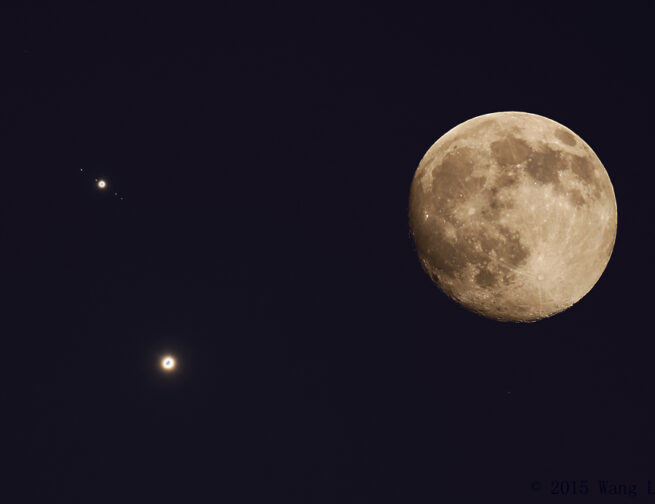
Adler Skywatch: February 2023
Header image: The bright planets, Venus and Jupiter, are close in the sky, nearby a bright Moon. Image taken on June 30, 2015. Composite image credit and copyright: Wang, Letian The two brightest planets and a once-in-a-lifetime comet are among the sky highlights of the shortest month of the year, February 2023. Here’s your stargazing […]
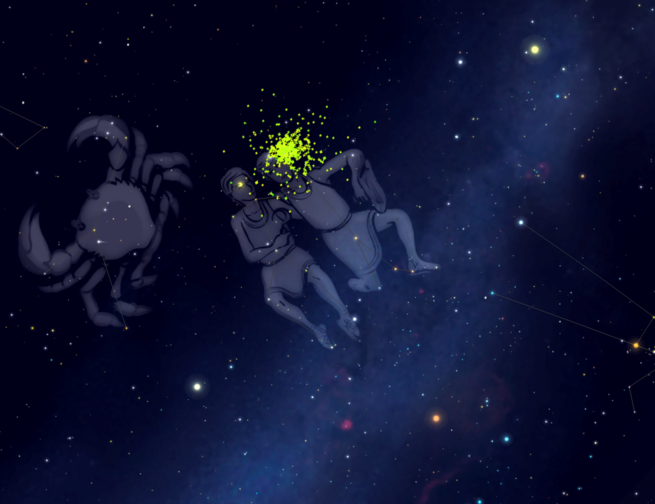
Adler Skywatch: January 2023
Header Image: An illustration of the December 2021 Geminid meteor shower. Image Credit: NASA Editor’s Note: This blog has been updated to include information about Comet C/2022 E3 (ZTF) 2023 opens with Earth’s closest approach to the Sun and a potential showy meteor shower. These events and more are among the sky highlights of this […]
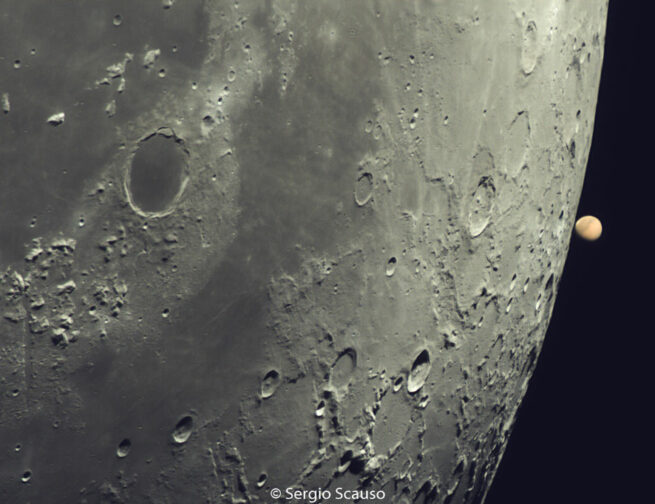
Adler Skywatch: December 2022
Header Image: Mars reappears on the right side of the moon after an occultation. Image credit: Sergio Scauso An occultation, a meteor shower, a solstice, a planet parade, and Mars’ brightest appearance of the year highlight this month, December 2022. Here’s your stargazing guide for spotting celestial events. Mars and The Moon – A Rare […]
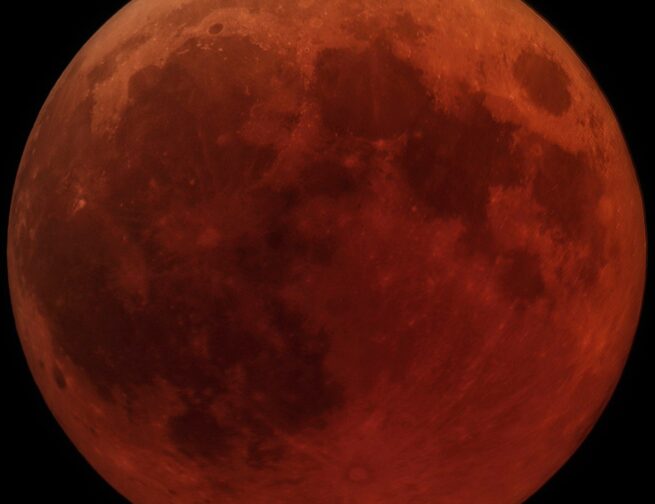
Adler Skywatch: November 2022
Header Image: Total lunar eclipse on July 7, 2018. Here’s your stargazing guide for November 2022 to help you spot planets and celestial events—including a total lunar eclipse visible in Chicago! Time To Set Your Clocks Back Daylight Saving Time ends on November 6, at 2:00 am local time. This is the day to set […]
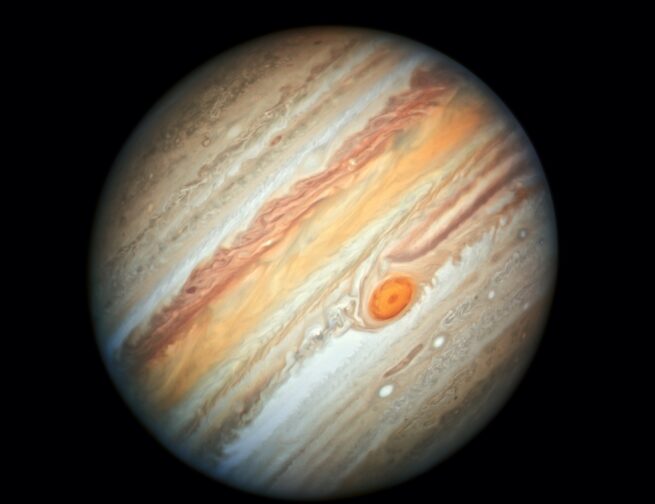
Adler Skywatch: October 2022
Header Image: Hubble Space Telescope portrait of Jupiter taken on June 27, 2019. Image Credit: NASA, ESA, A. Simon (Goddard Space Flight Center), and M.H. Wong (University of California, Berkeley) Jupiter and Saturn appear during evening twilight, Mars continues to get brighter, and Mercury just might be visible this month, October 2022. Here’s your stargazing […]

Adler Skywatch: September 2022
Header image: Adler Planetarium graphic depicting the fall celestial event, Chicagohenge. Astronomical summer ends and the season of fall starts this month, September 2022. Here’s your stargazing guide for spotting daytime and nighttime celestial events as the seasons change and the nights grow longer. See Autumn’s Chicagohenge This month the Sun sets about 50 minutes […]
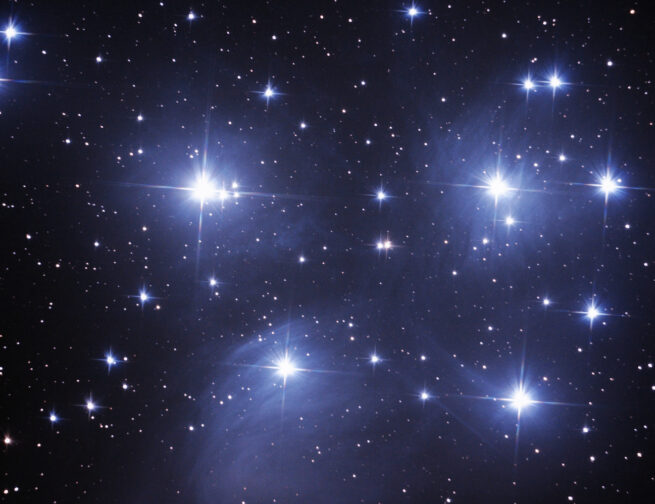
Adler Skywatch: August 2022
Header Image: Astrophotography image of the Pleiades star cluster taken by Nick Lake. One of the best meteor showers of the year occurs this month, August 2022. Here’s your stargazing guide to help you see as many meteors as possible—and to keep looking up throughout the month. Spot The Annual Perseids Meteor Shower What makes […]

Adler Skywatch: February 2022
Header Image: Venus by NASA’s Mariner 10 spacecraft in 1974 Image Credit: NASA/JPL-Caltech The brightest planet in the sky gets even brighter than usual this month, February 2022. The planet Venus reaches its greatest brilliance for the entire year this month. Look for Venus very low in the southeast at the start of morning twilight. […]
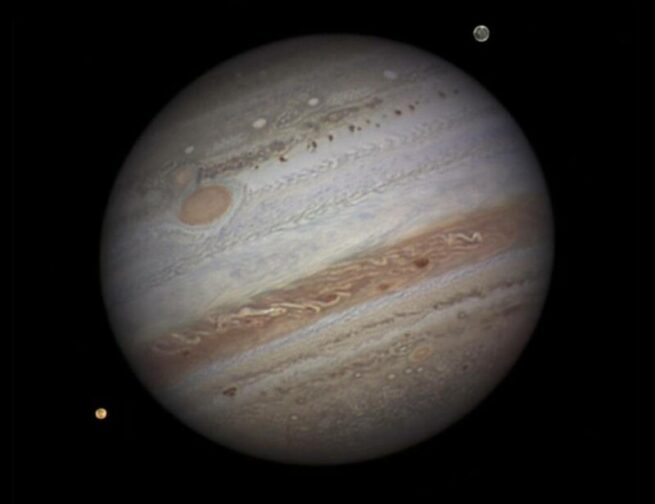
Adler Skywatch: January 2022
Header Image: Jupiter and two of its Moons, Io and Ganymede The Earth’s closest point to the Sun for the year and a major meteor shower are highlights for this month, January 2022. Perihelion, or the point in Earth’s orbit when it’s closest to the Sun, occurs at 12:52 am CST the morning of January […]
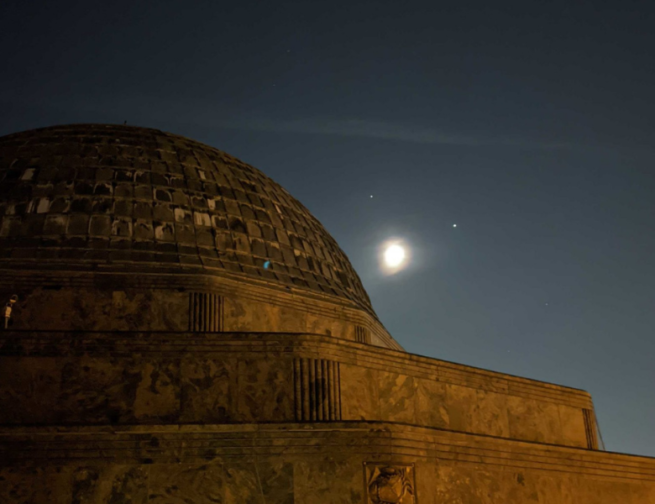
Adler Skywatch: December 2021
Header Image: The outside of the Adler Planetarium at night with the Moon, Jupiter, and Saturn brightly lit in the background. Image Credit: Mike Smail If skies are clear, we’ll get a chance to see all the planets visible to the unaided eye—and, just maybe, a comet—this month, December 2021. Comet Leonard, discovered in January […]




